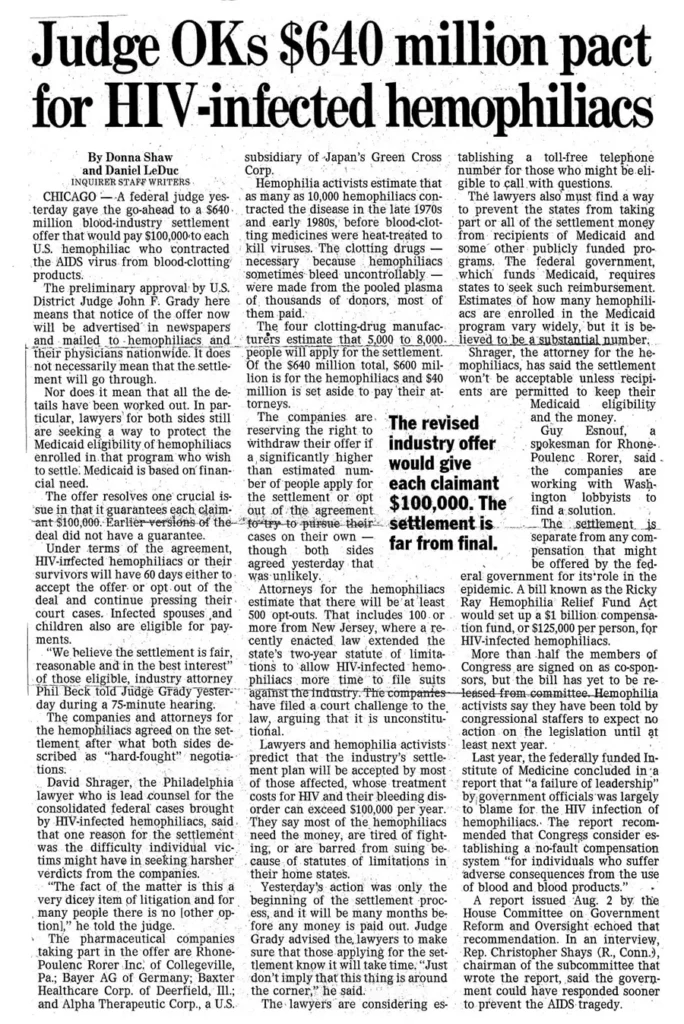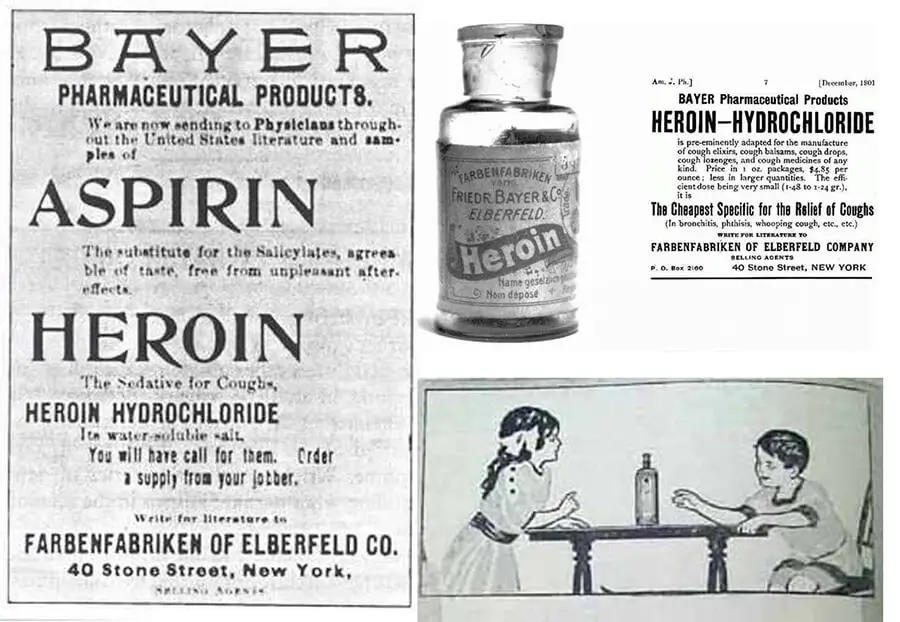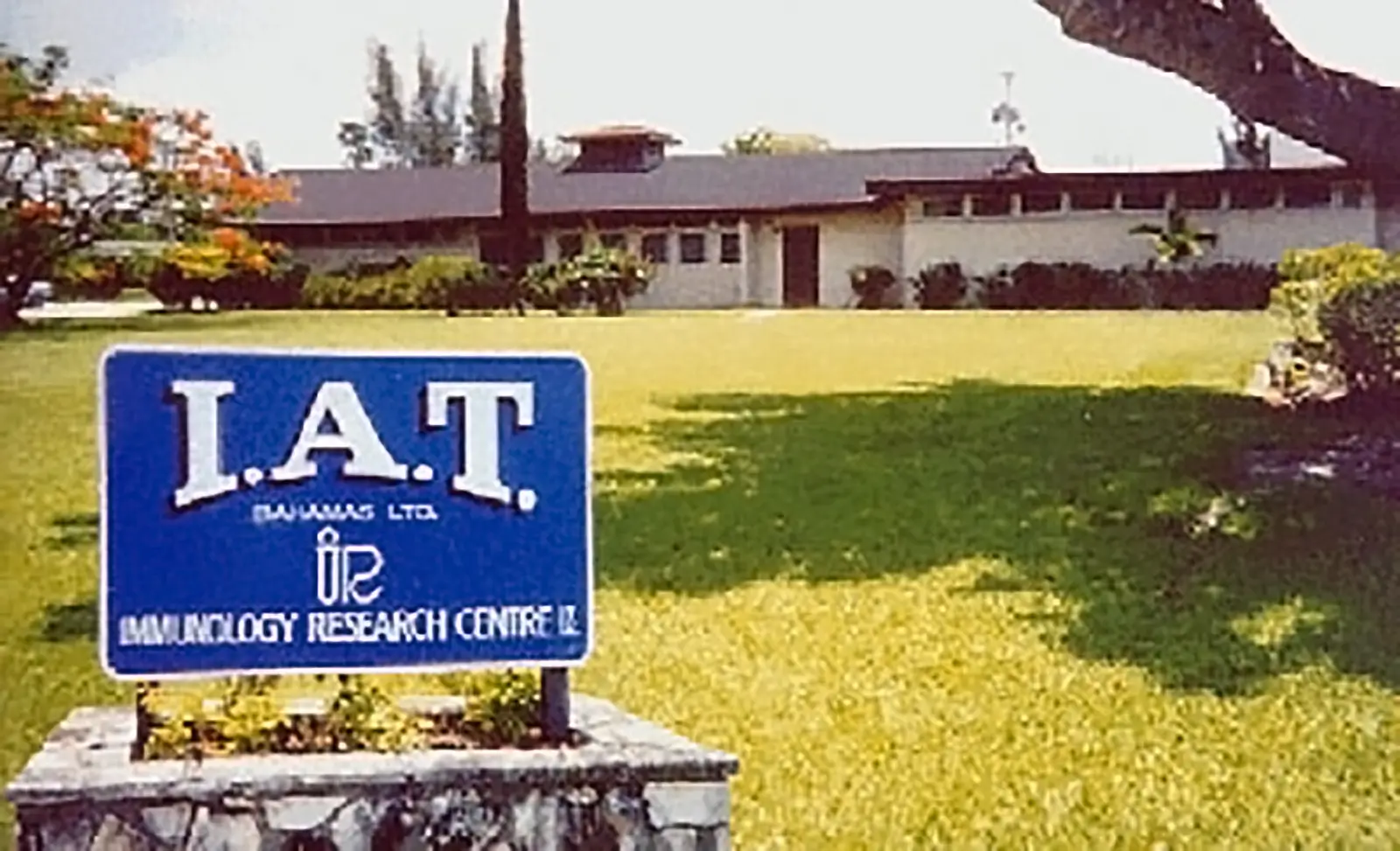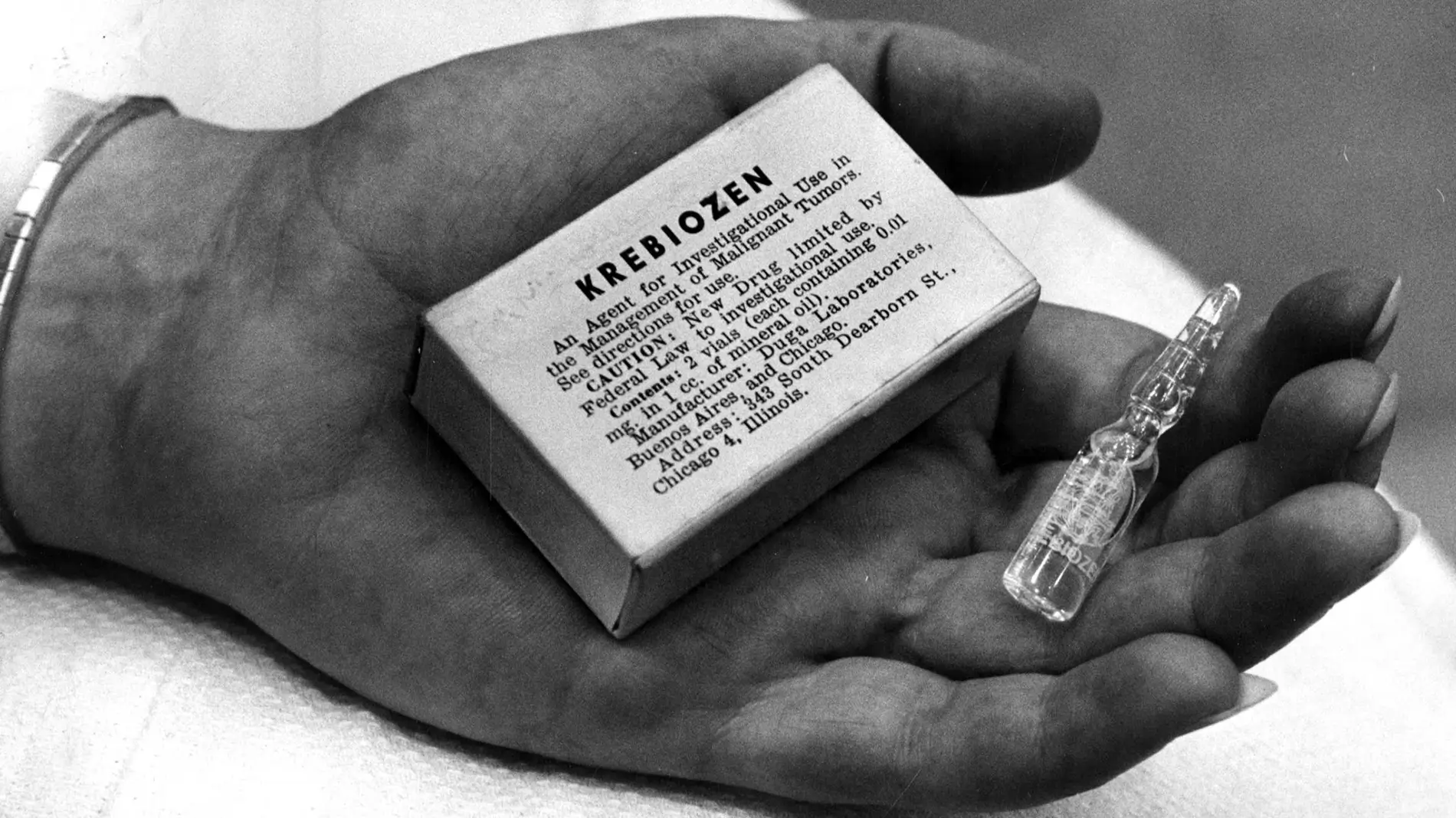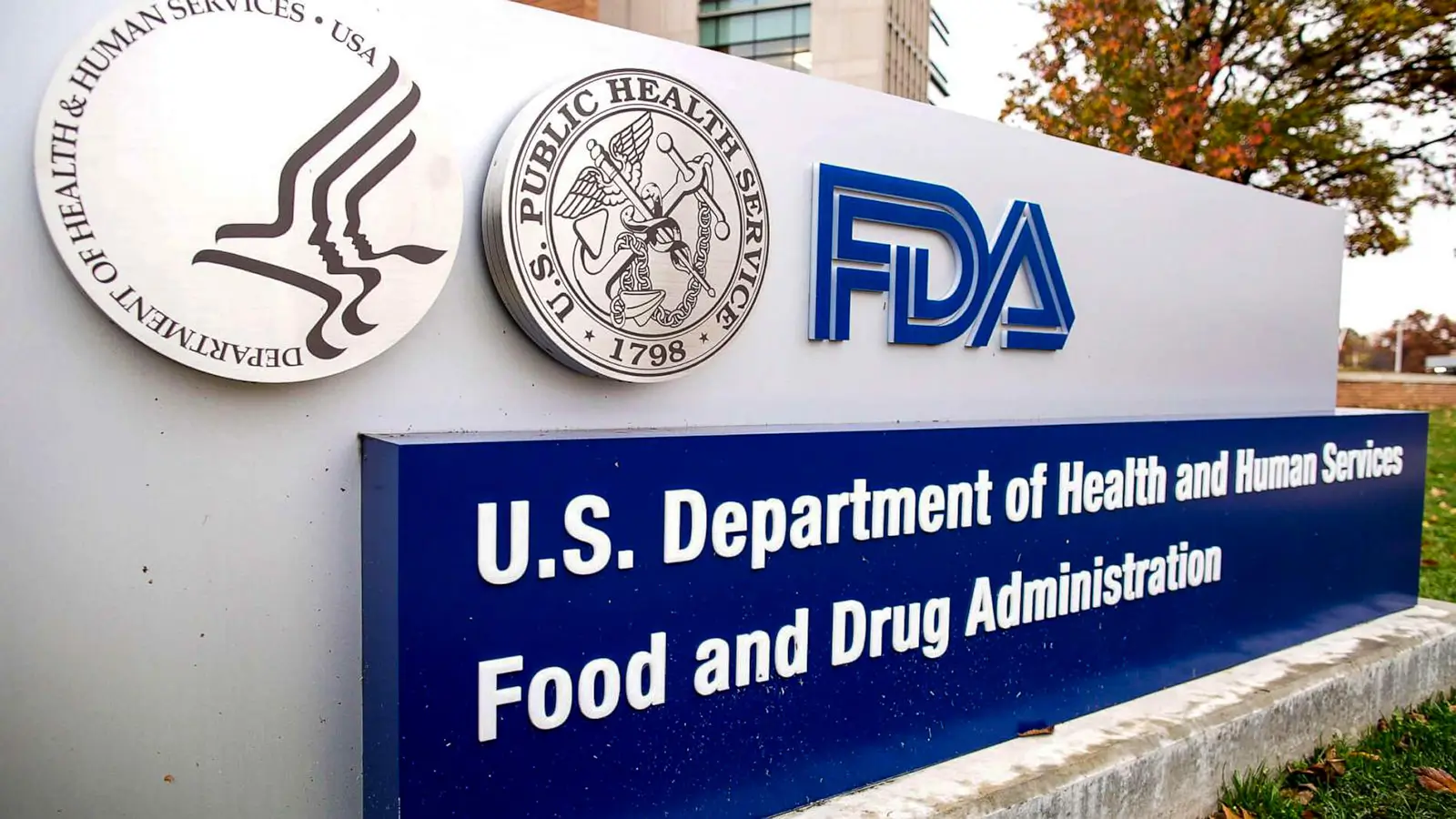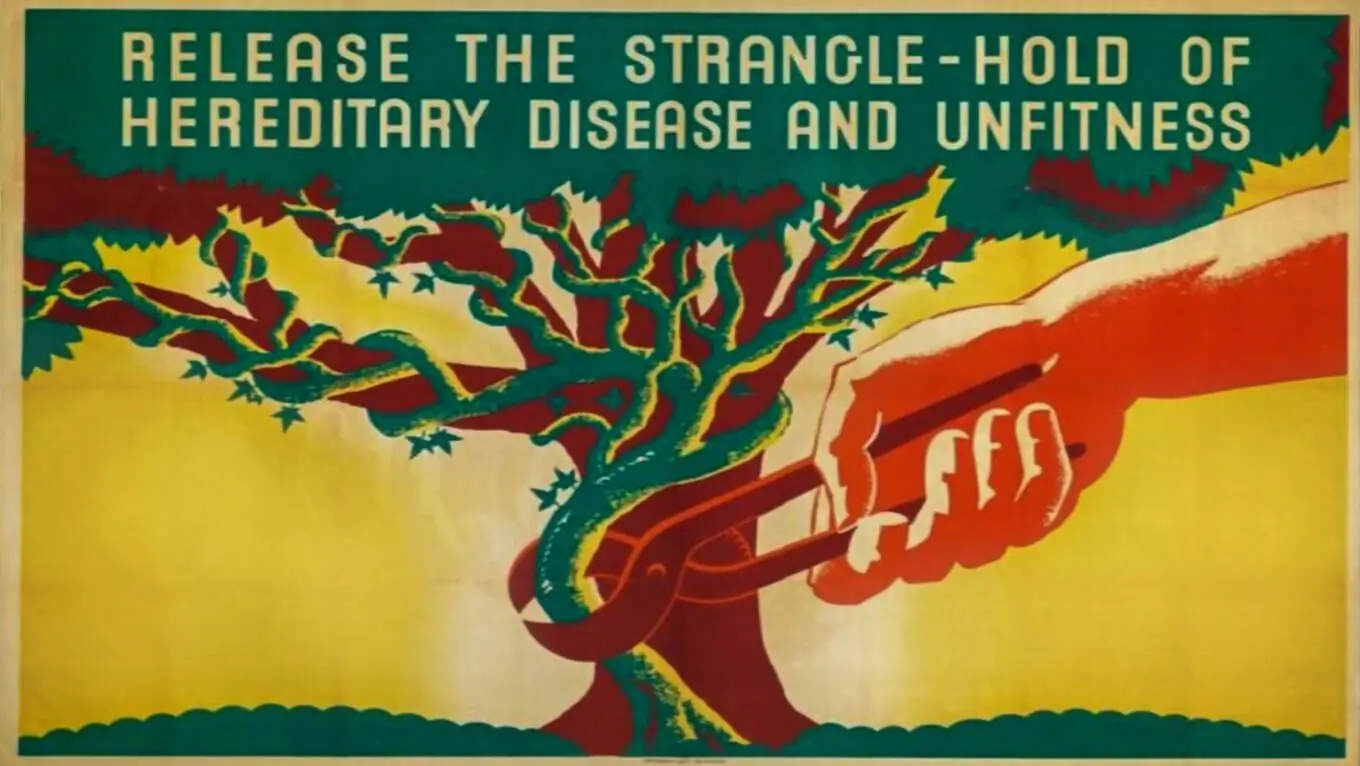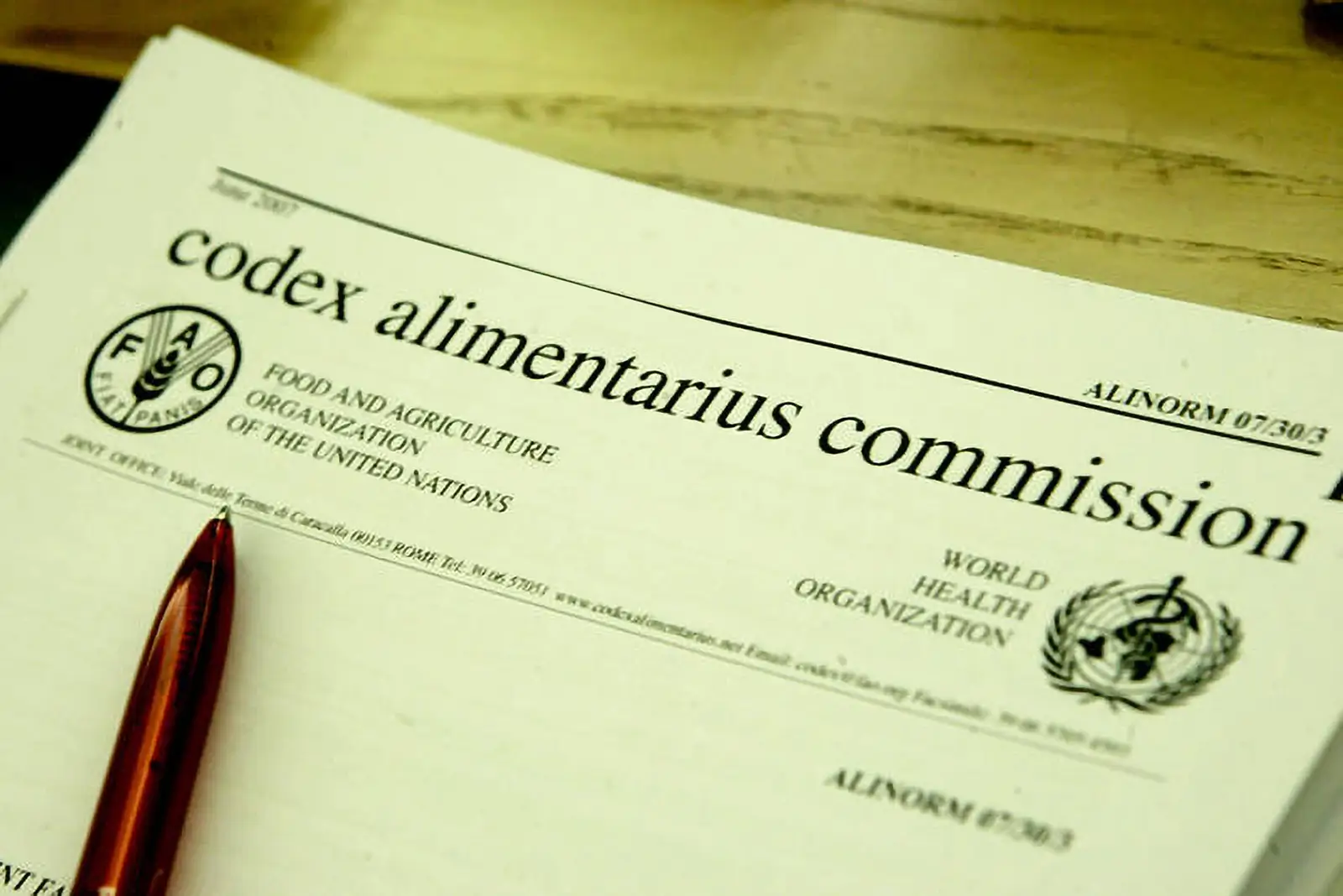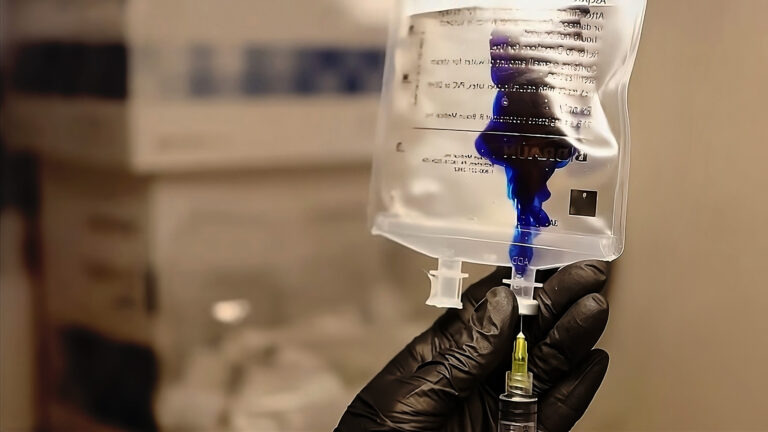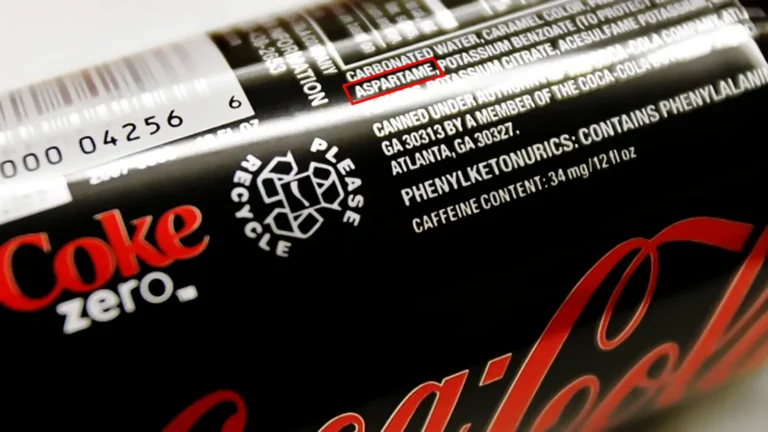L'histoire de Big Pharma - Bayer (IG Farben), la FDA et le virus du SIDA
Bayer a payé des centaines de millions de dollars pour mettre fin à un scandale de trois décennies au cours duquel la société a vendu du sang contaminé par le VIH à des hémophiles, dont des milliers sont morts plus tard du sida.
Milos Pokimica
Écrit par : Milos Pokimica
Examiné Médicalement Par : Dr. Xiùying Wáng, M.D.
Mise à jour le 4 août 2023La science nutritionnelle a expliqué tous les liens entre les maladies de l'abondance et la consommation d'aliments pour animaux il y a des décennies. La plupart de nos principaux tueurs sont évitables, mais il n'y a aucun intérêt à changer le secteur d'activité actuel. Toute la science disponible sera tenue à l'écart du public et en réalité, cela n'a pas d'importance.
Ce dont la plupart des gens sont conscients n'est que de la propagande. Les médecins sont bons, ils doivent prêter le serment d'Hippocrate, ils sont là pour vous soigner et vous aider, et bien sûr un jour la médecine va nous délivrer de toutes les maladies. Habituellement, lorsque les gens sont confrontés à la véritable histoire derrière les grandes sociétés pharmaceutiques et réalisent la vérité que government itself has a network for suppressing the science and that individual men’s interest is not its primary goal, ils disent généralement que tout est dans le passé. Aujourd'hui, nous avons plus de démocratie et de libertés avec un meilleur contrôle gouvernemental, etc.
La réponse est non. Nous avons encore moins de libertés qu'après la Seconde Guerre mondiale. Nous avons subi un lavage de cerveau dans les écoles et par les médias imprégnés de recherche psychologique pour le contrôle social, mais rien d'autre n'est différent. La même structure existe et existe non seulement depuis l'âge moyen, mais même avant cela.
I will give one more recent example. You’d probably never know that Bayer (IG Farben) paid “tens of millions” of dollars to end a three-decade-long scandal in which the company sold HIV-contaminated blood products to hemophiliacs, thousands of whom later died of AIDS. Bayer is eventually forced into signing checks to individuals that acquired AIDS because, in the 1980s, the Cutter Biological section of Bayer neglected federal law and recruited gay men with high risk and intravenous drug users, and prisoners as donors of the blood that Cutter later used to produce Factor VIII and IX. It is a drug, the clotting product, that hemophiliacs need in order to not bleed to death. In 1997 Bayer was sentenced to pay 600 million into a compensation fund for hemophiliacs with HIV. About 20,000 individuals caught HIV from the blood.
Ironically, Bayer’s new hemophilia iPhone app got some coverage, as did Bayer’s hemophilia research grant to the University of Florida.
Le 16 juillet 1982, les Centers for Disease Control and Prevention (CDC) des États-Unis ont suggéré que trois hémophiles avaient contracté le SIDA. Les épidémiologistes ont commencé à penser que le virus se propageait par le biais de médicaments hémophiles qu'ils s'injectaient une fois par semaine. Les médicaments étaient fabriqués à partir de grands pools de plasma provenant de différentes personnes. Une grande partie a été collectée avant le dépistage obligatoire du VIH, souvent auprès d'homosexuels et de toxicomanes et dans certaines prisons. Sans test d'infection, ils n'avaient aucun moyen de déterminer si les donneurs de plasma étaient porteurs du virus. En janvier 1983, le responsable du département Cutter Biological de Bayer a confirmé dans une lettre que :
“There is strong evidence to suggest that AIDS is passed on to other people through … plasma products.”
These letters surfaced in trials and were found by some of the investigative journalists that later broke the story public. By May 1983, a Cutter competitor started producing a heat-treated concentrate that killed the virus, so France for example, and many other countries decided to halt all clotting concentrate imports. Cutter worried about losing consumers, so according to an enclosed memo: “want to give the impression that we continue improving our product without telling them that soon we were also going to have a heat-treated” concentrate. By June 1983, a Cutter letter to distributors to 20 countries said that:
“AIDS has become the center of irrational response in many countries” and that “This is of particular concern to us because of unsubstantiated speculations that certain blood products may transmit this syndrome.”
They lied, and many countries were still using an old concentrate. In February 1984, Cutter became the last of the four major blood product companies to get US approval to sell heated concentrate. They waited as long as possible. Still even after Cutter started to sell the new product, still for several more months, they continued making the old medicine. The reason was that the corporation had several fixed-price contracts and thought that the old product would be cheaper to produce. Bayer officials (responding on behalf of Cutter) responded with another lie: “because some customers doubted the new drug’s effectiveness,” some nations were slow to support registration of the new drug. Then they lied by telling that they had a shortage of plasma, which is used to make the medicine. For example, Taiwan was one country that still received the old HIV-infected drug. Hsu Chien-wen, an official at Taiwan’s health department, told in 2003 that Cutter had not appealed for approval to sell the heated medicine until July 1985. That was for an entire year and a half after doing so in the United States. In Hong Kong, for example, Cutter did not even need approval but only an import license in the 1980s to be able to import and sell the newer product in which normally takes one week. A company meeting notes that:
“There is excess inventory,”
qui, en réalité, a amené l'entreprise à se résoudre à :
“Review international markets again to determine if more of this product can be sold.”
Because of the lack of control and corruption Cutter decided to dispose of stockpiles of older HIV-positive drugs to third world countries while selling the new, safer product in the West. If some of the people catch AIDS well, they can take Aspirin for pain. And of course, there are all third world countries, so it is going to go well with eugenic programs of depopulation of the planet. When hemophiliacs in Hong Kong all of the sudden start to test positive for HIV, local physicians raised the question of whether Cutter was dumping “AIDS tainted” medicine into less-developed countries. Cutter rejected the accusation, insisting that older drug had “no severe hazard risk” and was, in fact, the “same fine product we have supplied for years.” Hong Kong did not believe the lie, and when the local distributor asked for the newer product, Cutter responded that all of the new product was going to the US and Europe. For Hong Kong, and other third-world countries they could make an exception for a small amount for the “most vocal patients.” Meaning influential people that could potentially make a problem for them. So if you are a son of a politician, they will give you new safe stuff.
La Food and Drug Administration des États-Unis a aidé à garder les nouvelles hors de la vue du public. Government is not there to protect you and never had been. In May 1985, the FDA’s regulator of blood products, Harry M. Meyer Jr., considering the companies had violated a voluntary arrangement to remove the old drug from the market, called directors of the corporations and directed them to comply. Cutter’s internal notes from their meeting show that Meyer required that the issue is:
“Quietly solved without alerting the Congress, the medical community and the public”
also noted that the FDA wanted the matter solved “quickly and quietly.” Also at that time, Cutter official wrote that:
“It appears there are no longer any markets in the Far East where we can expect to sell substantial quantities of nonheated-treated medicine.”
They sell AIDS-tainted medicine as long as possible with no empathy. The effects of all of this are impossible to calculate because there was no test for HIV, so we do not know how many people were infected with HIV before Cutter began selling its safer medicine or afterward. Cutter also sold the old medicine in Argentina, Indonesia, Japan, Malaysia, and Singapore after February 1984. Cutter shipped more than 100,000 vials of unheated concentrate, worth more than $4 million after it began selling the safer product. The sales continued partly because of Cutter’s desire to deplete stocks of the older medicine, and partly because of fixed-price contracts, for which the company believed the older product would be cheaper to make. U.S. Justice Department had never investigated any corporate executives. Bayer in the past even marketed heroin for children. That is the level of psychopathic nature of these people.
Références :
Passages choisis d'un livre : Pokimica, Milos. Devenir vegetarien ? Examen de la science, partie 2. Kindle éd., Amazone, 2018.
- McHenry L, Khoshnood M. Blood money: Bayer’s inventory of HIV-contaminated blood products and third world hemophiliacs. Account Res. 2014;21(6):389-400. doi: 10.1080/08989621.2014.882780. PMID : 24785997.
- Josefson D. Des patients hémophiles lancent une action contre Bayer pour des produits sanguins contaminés. BMJ. 14 juin 2003 ;326(7402):1286. doi : 10.1136/bmj.326.7402.1286-g. PMID : 12805147 ; PMCID : PMC1151015.
Articles Similaires
Vous avez des questions sur la nutrition et la santé ?
J'aimerais avoir de vos nouvelles et y répondre dans mon prochain post. J'apprécie votre contribution et votre opinion et j'ai hâte d'avoir de vos nouvelles bientôt. Je vous invite également à nous suivre sur Facebook, Instagram et Pinterest pour plus de contenu sur l'alimentation, la nutrition et la santé. Vous pouvez y laisser un commentaire et entrer en contact avec d'autres passionnés de santé, partager vos conseils et expériences, et obtenir le soutien et les encouragements de notre équipe et de notre communauté.
J'espère que ce billet a été instructif et agréable pour vous et que vous êtes prêt à mettre en pratique les connaissances que vous avez acquises. Si vous avez trouvé ce billet utile, veuillez le partager à vos amis et à votre famille qui pourraient également en bénéficier. On ne sait jamais qui peut avoir besoin de conseils et de soutien dans son parcours de santé.
– Vous pourriez aussi aimer –

Apprendre la Nutrition
Milos Pokimica est docteur en médecine naturelle, nutritionniste clinique, rédacteur en santé médicale et nutrition et conseiller en sciences nutritionnelles. Auteur de la série de livres Devenir vegetarien ? Examen des sciences, il exploite également le site Web de santé naturelle GoVeganWay.com
Avis de non-responsabilité médicale
GoVeganWay.com vous propose des critiques des dernières recherches liées à la nutrition et à la santé. Les informations fournies représentent l'opinion personnelle de l'auteur et ne sont pas destinées ni implicitement à remplacer un avis médical professionnel, un diagnostic ou un traitement. Les informations fournies sont fournies à titre informatif uniquement et ne sont pas destinées à remplacer la consultation, le diagnostic et/ou le traitement médical d'un médecin ou d'un prestataire de soins de santé qualifié.NE JAMAIS IGNORER LES CONSEILS MÉDICAUX PROFESSIONNELS OU RETARDER LA RECHERCHE DE SOINS MÉDICAUX EN RAISON DE QUELQUE CHOSE QUE VOUS AVEZ LU OU ACCÉDÉ SUR GoVeganWay.com
N'APPLIQUEZ JAMAIS DE CHANGEMENTS AU STYLE DE VIE OU TOUT CHANGEMENT À LA SUITE DE QUELQUE CHOSE QUE VOUS AVEZ LU SUR GoVeganWay.com AVANT DE CONSULTER UN PRATICIEN MÉDICAL AGRÉÉ.
En cas d'urgence médicale, appelez immédiatement un médecin ou le 911. GoVeganWay.com ne recommande ni n'approuve aucun groupe, organisation, test, médecin, produit, procédure, opinion ou autre information spécifique pouvant être mentionné à l'intérieur.
Choix de l'éditeur -
Milos Pokimica est docteur en médecine naturelle, nutritionniste clinique, rédacteur en santé médicale et nutrition et conseiller en sciences nutritionnelles. Auteur de la série de livres Devenir vegetarien ? Examen des sciences, il exploite également le site Web de santé naturelle GoVeganWay.com
Derniers articles –
Nouvelles Basées Sur Les Plantes
-
3 Diet Changes That Can Help Ease Menopause Symptoms
on juin 25, 2025
-
Inside Amsterdam’s Vegan Food Scene: A Tour Of The City’s Best Plant-Based Eats
on juin 25, 2025
-
These 4 Korean-Inspired Longevity Recipes Might Help You Live To 100
on juin 25, 2025
-
‘3 Iron-Rich Vegan Meals I’ve Been Making On Repeat’
on juin 25, 2025
-
Sticky Date Cake With Toffee And Vanilla Ice Cream
on juin 25, 2025
-
Cuban-Style Black Beans
on juin 24, 2025
-
Oatly Becomes ‘First’ Food Brand To Quality As ‘Climate Solutions Company’
on juin 24, 2025
Top Des Nouvelles Sur la Santé - ScienceDaily
- Scientists warn of bat virus just one mutation from infecting humanson juin 25, 2025
Viruses closely related to the deadly MERS coronavirus are lurking in bats and one group, known as HKU5, may be just one mutation away from making the jump to humans. A new study reveals how these viruses bind to cell receptors and even shows signs of adapting to human-compatible versions of those receptors.
- The brain’s sweet spot: How criticality could unlock learning, memory—and prevent Alzheimer’son juin 25, 2025
Our brains may work best when teetering on the edge of chaos. A new theory suggests that criticality a sweet spot between order and randomness is the secret to learning, memory, and adaptability. When brains drift from this state, diseases like Alzheimer s can take hold. Detecting and restoring criticality could transform diagnosis and treatment.
- Vitamin C flips your skin’s “youth genes,” reversing age-related thinningon juin 25, 2025
Japanese researchers have found that vitamin C can thicken skin by switching on genes that boost skin cell growth, helping reverse age-related thinning. It works by reactivating DNA through a process that lets cells regenerate more effectively—potentially a game-changer for aging skin.
- Inside the tumor: AI cracks five hidden cell types to stop cancer’s comebackon juin 25, 2025
A new AI tool, AAnet, has discovered five distinct cell types within tumors, offering a deeper look into cancer’s inner diversity. This insight could transform how we treat cancer, enabling more personalized therapies that tackle every type of cell in a tumor.
- The pleasure prescription: Why more sex means less menopause painon juin 25, 2025
Keeping sex on the schedule may be its own menopause medicine: among 900 women aged 40-79, those active in the last three months reported far less dryness, pain, and irritation, while orgasm and overall satisfaction stayed rock-solid despite dips in desire and lubrication. The results hint that intimacy itself can curb genitourinary syndrome of menopause, a cluster of estrogen-related symptoms that erode quality of life.
- 1. 7 million patients reveal stunning link between semaglutide and lower dementia riskon juin 25, 2025
A blockbuster diabetes and weight-loss drug might be doing more than controlling blood sugar—it could also be protecting the brain. Researchers at Case Western Reserve University found that people with type 2 diabetes who took semaglutide (the active ingredient in Ozempic and Wegovy) had a significantly lower risk of developing dementia. The benefit was especially strong in women and older adults.
- The molecule that might save your sight—and your hearton juin 25, 2025
Washington University researchers found that raising a molecule called ApoM helps eye cells sweep away harmful cholesterol deposits linked to age-related macular degeneration, potentially preventing vision loss, and the same trick might aid failing hearts too.
PubMed, #régime-vegan –
- Validation and adaptation of a Turkish version of the dietarian identity questionnaireon juin 25, 2025
Dietarian identity reflects an individual’s cognitive, emotional, and behavioral orientation toward the consumption or avoidance of animal-based foods, including red meat, poultry, fish, eggs, and dairy. This study aimed to adapt and validate the Dietarian Identity Questionnaire (DIQ) for Turkish-speaking populations by establishing its cultural and linguistic suitability and examining dietarian identity profiles among different dietary patterns. The DIQ was adapted into Turkish and […]
- Planting Rights and Feeding Freedom: Navigating the Right to a Vegan Diet in Hospitals and Prisonson juin 20, 2025
The legal recognition of veganism highlights the evolving landscape of dietary choices and their status under human rights law. This paper examines the legal status of vegan diets under the European Convention on Human Rights (ECHR), focusing on public institutions such as prisons and hospitals. By analyzing the first relevant cases before the European Court of Human Rights, it explores the protection of vegan diets under Articles 9 (freedom of thought, conscience, and religion) and 14…
- Dietary pattern and nutritional assessment in a cohort of mothers identified by neonatal screening for cobalamin deficiency in offspring: an Italian single center experienceon juin 19, 2025
During pregnancy, nutrient requirements increase while deficiencies can significantly affect pregnancy outcomes. Deficiencies may result from inadequate dietary intake, impaired absorption, or restrictive diets. This study aimed to retrospectively assess the nutritional status and dietary intakes in a cohort of mothers whose newborns were identified with vitamin B12 deficiency of maternal origin through Newborn Screening. Between 2021 and 2024, 107 newborn-mother dyads with altered biomarkers […]
- Intermittent fasting strategies and their effects on body weight and other cardiometabolic risk factors: systematic review and network meta-analysis of randomised clinical trialson juin 18, 2025
CONCLUSIONS: Minor differences were noted between some intermittent fasting diets and continuous energy restriction, with some benefit of weight loss with alternate day fasting in shorter duration trials. The current evidence provides some indication that intermittent fasting diets have similar benefits to continuous energy restriction for weight loss and cardiometabolic risk factors. Longer duration trials are needed to further substantiate these findings.
- Plant-Based Diet and Risk of Iron-deficiency Anemia. A Review of the Current Evidence and Implications for Preventive Strategieson juin 17, 2025
PURPOSE OF REVIEW: This review provides a comprehensive overview of iron metabolism, emphasizing the influence of dietary patterns-particularly vegetarian and vegan diets-on iron status and associated health outcomes.
Messages aléatoires –
Postes en vedette -

Dernières Nouvelles de PubMed, #alimentation végétale –
- Limited effects of tannin supplementation on the dairy cattle fecal microbiome with modulation of metabolitesby Matthew L Klein on juin 25, 2025
Tannins are plant secondary metabolites that bind organic carbon (C) and nitrogen (N), potentially altering substrate bioavailability for enteric fermentation in ruminants. This interaction may reduce greenhouse gas (GHG) emissions and influence nitrogen partitioning. Given tannins’ resistance to ruminal degradation and persistence through the gastrointestinal tract, this study investigated the effects of a tannin-based feed additive on fecal microbial diversity, fecal chemical composition, […]
- Regional variations in Mediterranean diet adherence: a sociodemographic and lifestyle analysis across Mediterranean and non-Mediterranean regions within the MEDIET4ALL projectby Mohamed Ali Boujelbane on juin 25, 2025
CONCLUSION: Our findings highlight that while Mediterranean regions maintain traditional dietary patterns, globalization and modern lifestyle shifts are narrowing regional health behaviors. Public health strategies should address region-specific barriers, including economic constraints in MC regions and knowledge gaps in NMC regions, while promoting MedDiet adherence. Future research should explore the impact of cultural, socio-economic, and digital factors on dietary behaviors and mental […]
- Adherence to Mediterranean Diet and Ocular Dryness Severity in Sjogren’s Syndrome: A Cross-Sectional Studyby Celine Chaaya on juin 25, 2025
Background: Sjögren’s syndrome (SS) is a multifaceted clinical condition characterized by various features, including ocular dryness (OD), which plays a substantial role in shaping the clinical presentation of the disease and has detrimental effects on quality of life. Recent research has acknowledged the advantages of the Mediterranean diet (MD) for its positive impact on various autoimmune diseases. This study aims to investigate the correlation between the severity of ocular symptoms in…
- Time-Restricted Eating and Sleep, Mood, and Quality of Life in Adults With Overweight or Obesity: A Secondary Analysis of a Randomized Clinical Trialby Antonio Clavero-Jimeno on juin 25, 2025
CONCLUSIONS AND RELEVANCE: In this secondary analysis of a randomized clinical trial of 3 different TRE schedules, incorporating TRE into a UC intervention, regardless of the eating window timing, was not associated with significant changes in sleep, mood, or quality of life compared with UC alone in adults with overweight or obesity. The findings suggest TRE may be a viable nutritional weight management strategy without adverse effects on sleep, mood, or quality of life.
- Ashwagandha (Withania somnifera) Plant Extracts Affect the Cytochrome P450 System and Cytotoxicity of Primary Human Hepatocytesby Kelli L McDonald on juin 24, 2025
Ashwagandha (Withania somnifera [L] Dunal) is emerging as one of the top 10 botanicals in the market due to its claimed health benefits as an adaptogen. Alongside its popularity, the lack of standardization in botanical dietary supplements and potential interactions with prescription drugs raise safety concerns. This study aimed to investigate the potential of ashwagandha extracts to induce cytochrome P450 (P450) enzymes, which are critical for drug metabolism and implicated in botanical-drug…
- A multi-domain lifestyle intervention in multiple sclerosis: a longitudinal observational studyby Ilse M Nauta on juin 24, 2025
OBJECTIVE: To examine the effects of a multi-domain lifestyle intervention that advocated a Mediterranean style diet, and concurrently targeted physical activity, stress and sleep, on multiple sclerosis.
